Principles of Design: Furniture, Pottery & Metalwork
Product Description
By William H. Varnum
A friend recently took a furniture design course taught by a guy I'll call Mr. Famous Furniture Maker. During the class there were lectures, field trips to find inspiration, drawing lessons, scale model-making and critiques.
''Well,'' I asked my friend, ''how was the class?''
''Great,'' he replied. ''Now I know how to design furniture that looks exactly like Mr. Famous Furniture Maker's pieces.''
This is, of course, one way to learn design. But not everyone wants to become a Junior Sam Maloof or James Krenov the VIII. Some woodworkers just want to make a side table, dry sink or tater bin that is well-proportioned and pleasing to look at.
One excellent path to learn design has been blazed by Jim Tolpin and George Walker, who have written a series of books that teach design using artisan geometry and whole number ratios. During the last 11 years, Lost Art Press have edited all of Tolpin and Walker's books for Lost Art Press and deeply appreciate that their approach is style agnostic and crystal clear.
This book, ''Principles of Design,'' is an excellent and complementary approach to Tolpin and Walker. It was first published in 1916 under the title ''Industrial Arts Design'' and written by William H. Varnum (1878-1946). Lost Art Press have renamed it ''Principles of Design,'' which is a far more apt title.
Varnum, a professor at the University of Wisconsin, was the author of two important design books, plus some other works on setting up a curriculum for shop teachers.
I own copies of all his works, but this one is my favourite. The book was written to teach shop teachers how to teach furniture design. And the book reads like the syllabus for an excellent college-level course in the fundamentals of furniture design.
Varnum lays out a series of step-by-step rules to guide the reader through the process of designing furniture, pottery and metalwork. It begins with function and form, of course. But it then delves into common sense rules for dividing up a form both horizontally and vertically. These rules work. And once you read them and see the accompanying illustrations, Lost Art Press think you'll say: ''Of course.''
Varnum explains how to ''enrich'' the shape or contours of a design. Then how to enrich the surfaces. And there is an excellent section on using colour.
Many of these rules have been embedded in buildings and furniture for centuries. Many of us know the rules innately. But Varnum puts them to paper in ways that allow us to use them to create new works.
''Principles of Design'' was written during the waning years of the American Arts & Crafts movement, so the examples used in the book are gorgeous Craftsman designs and earlier traditional forms. Varnum’s rules apply to all furniture forms, but the austerity of the Arts & Crafts pieces in the book help make the use of his rules easy to comprehend and digest.
Mechanical Specifications
The original printing of this book was gorgeous, so Lost Art Press sought to equal or exceed its specifications. The book is 7'' x 9 5/8'' and printed on #80 matte coated paper, which is a close match to the original. Because some of the details in the photos are dark, they chose a press that could do stochastic printing, which gives sharper detail. The book's signatures are sewn together, backed with fiber tape and wrapped with heavy boards. The covers are wrapped in cotton cloth and printed in gold foil.
Like all Lost Art Press books, "Principles of Design" is printed in the United States.
Note: There will only be a small number of print runs on this book so stock will be limited.
Collect in Store
This item is available for collection.

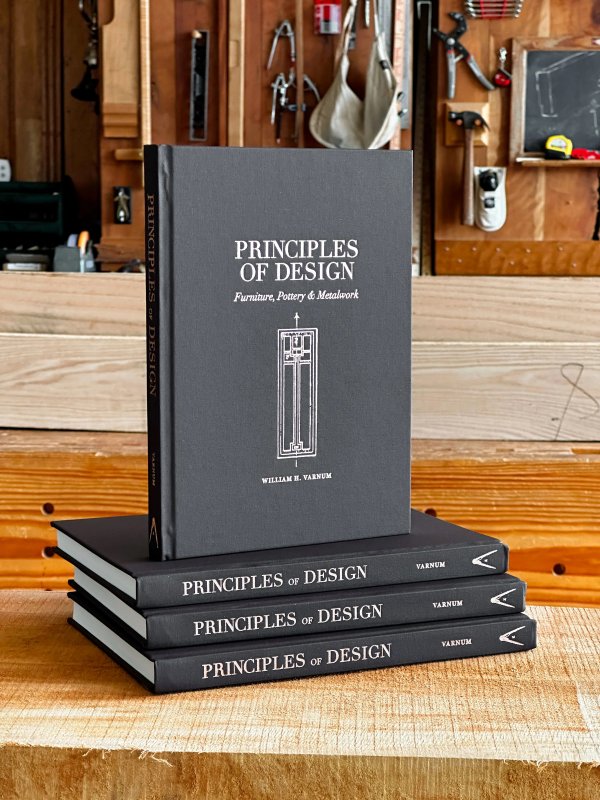






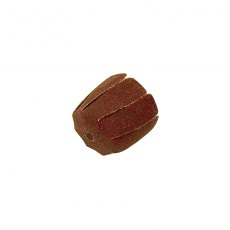
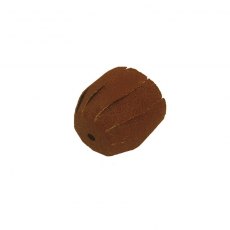

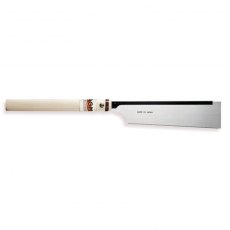
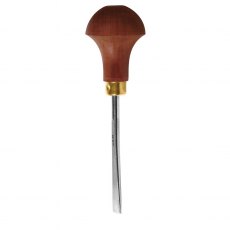

Write the first review